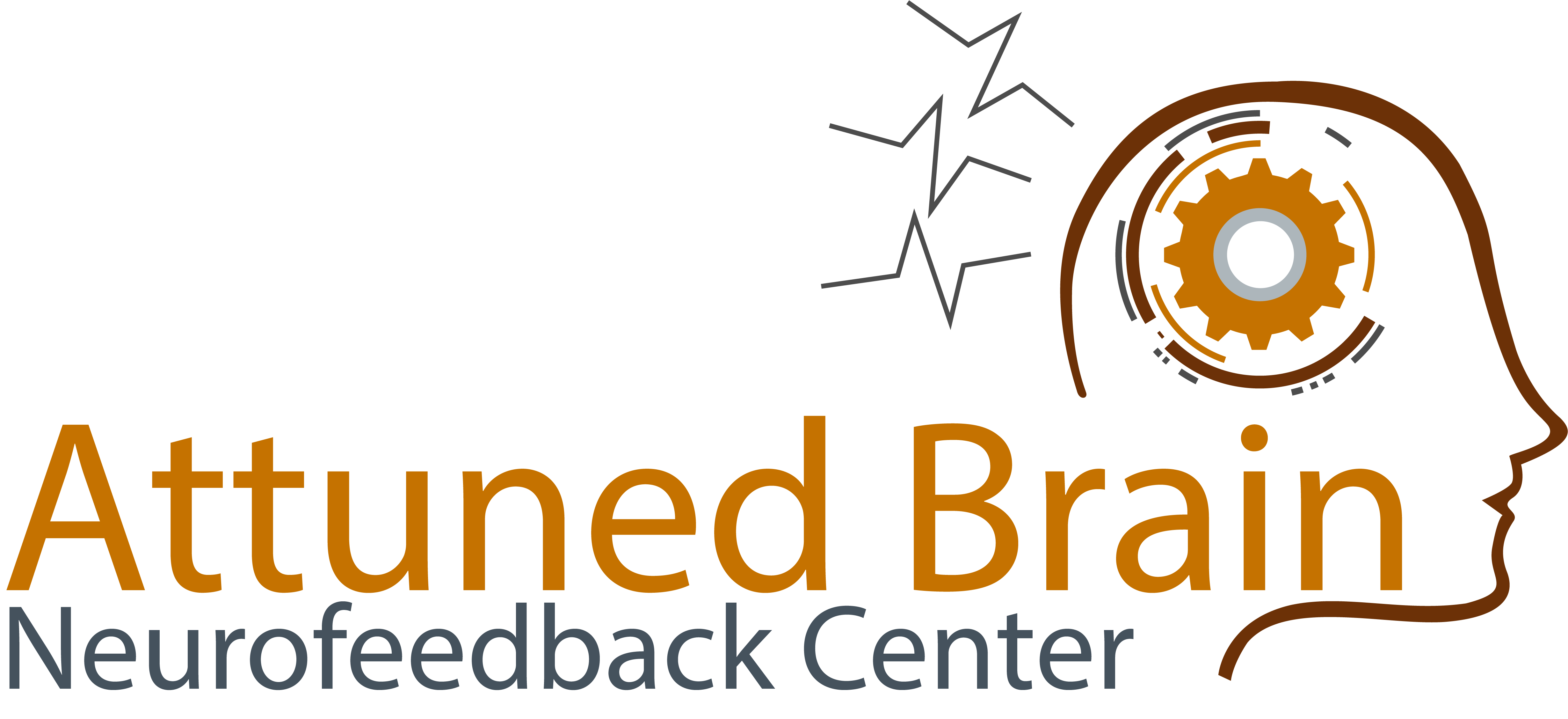Virtual Reality Therapy
Virtual Reality Therapy
The use of virtual reality (VR) is rapidly expanding and has the potential to revolutionize various areas of our lives, such as entertainment, gaming, education, and training, by providing users with engaging and immersive experiences in digital environments.
Attuned Brain leverages VR as a novel treatment method to address a range of psychological issues such as fear, anxiety, phobias, and post-traumatic stress disorder. VR therapy has the potential to alleviate chronic pain, reduce stress, enhance memory, and alleviate anxiety symptoms.
Virtual Reality Definition
To understand virtual reality therapy, it would be useful to have a basic understanding of virtual reality (VR). VR is a digital world created through technology that one can access by using specialized equipment. VR equipment enables users to enter virtual environments that are designed to feel like they are real. Typically, users wear a headset that covers their eyes and sometimes their ears, and a screen in front of their eyes simulates the experience of being inside a digital world.
How Does Virtual Exposure Therapy Work?
Virtual reality exposure therapy utilizes VR technology to simulate situations that can help individuals learn and overcome their fears. If the objective is to conquer a fear, you might be exposed to the stimuli that trigger your fear, with the level of intensity increasing over multiple sessions. The primary distinction between actual exposure therapy and virtual reality exposure therapy is that you cannot physically interact with anything you see in the session, even though it appears real.
During the session, you may communicate with your therapist before, during, and after the virtual experience to discuss what you are seeing and feeling. In exposure therapy, your therapist may record your level of anxiety at certain intervals, like from 1-10 or 10-100, as your anxiety decreases in response to one stimulus, you may be exposed to another. Even though you cannot touch the objects in the virtual environment, the feeling of being in front of them may help with further healing through exposure.
In traditional exposure therapy, the therapist usually teaches the method during a session, which may be practiced at home. With virtual reality exposure therapy, clients can practice exposure in the same room as their therapist, which may result in live results. Studies demonstrate that virtual reality exposure is more effective than real-life exposure therapy for individuals with specific phobias such as fear of heights or flying.
Therapeutic Uses For VR
- Fear of flying
- Fear of public speaking
- Fear of spiders
- School phobia in children
- Chronic pain and burn pain
- PTSD
- Depression
- Anxiety
- Eating disorders
- Strokes
